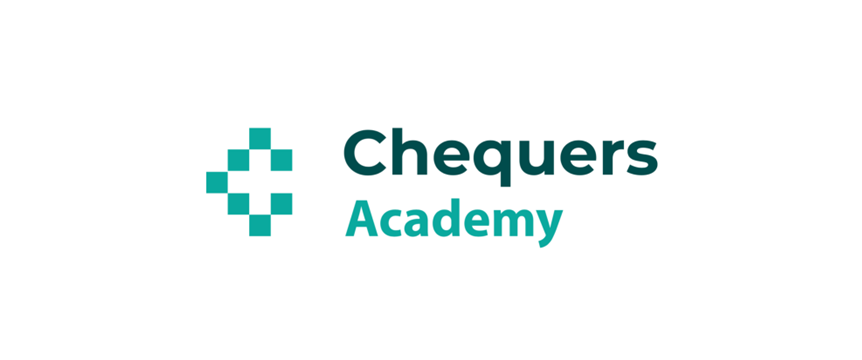- June 7, 2025
- Posted by: lpatel
- Categories:
What is an ECG?
An ECG (electrocardiogram) is a non-invasive test that records the electrical activity of the heart. It helps detect abnormalities in heart rhythm and function. The test is quick, painless, and widely used in medical settings.
In some countries, it’s called an EKG, which is derived from the German word Elektrokardiogramm.
Why is ECG Important?
It provides critical information about the heart’s:
- Rate and rhythm
- Electrical conduction pathways
- Evidence of past heart attacks (myocardial infarctions)
- Ongoing cardiac issues like arrhythmias or ischemia
It’s one of the first and most vital diagnostic tools used in emergency rooms, clinics, and hospitals.
How it Works?
Small sticky patches called electrodes are placed on the chest, arms, and legs. These electrodes detect electrical signals generated by the heart and send them to a machine that prints or displays the data in waveforms.
These waveforms show different phases of the heart’s electrical cycle, including:
- P wave (atrial depolarization)
- QRS complex (ventricular depolarization)
- T wave (ventricular repolarization)
Conditions Detected?
An ECG can help diagnose:
- Heart attacks (both recent and old)
- Arrhythmias (irregular heartbeats)
- Atrial fibrillation
- Bradycardia (slow heart rate)
- Tachycardia (fast heart rate)
- Electrolyte imbalances
- Effects of certain medications
When Do You Need an ECG?
Your doctor may recommend an ECG if you experience:
- Chest pain or tightness
- Shortness of breath
- Dizziness or fainting
- Palpitations
- Irregular pulse
- Pre-surgery screening
- Routine checkup with a heart condition history
Is it Safe?
Yes, ECG is completely safe and has no side effects. It does not involve electricity or radiation—only measures the heart’s natural electrical impulses.
What Do the Results Mean?
ECG results must be interpreted by trained professionals. They look for:
- Deviations in wave patterns
- Timing of signals
- Rhythm disturbances
- Signs of ischemia, infarction, or hypertrophy
If any abnormality is found, further tests such as echocardiograms, stress tests, or Holter monitoring may be recommended.
Learn More with Our ECG Course
Want to go beyond the basics? Our ECG interpretation course is perfect for:
- Medical students
- Nurses
- Paramedics
- Healthcare professionals
Learn how to read and understand ECGs with confidence. Interactive lessons, real patient cases, and certification included.
Quick ECG Facts
| Fact | Description |
|---|---|
| Duration | Usually takes 5–10 minutes |
| Pain Level | Painless |
| Cost | Covered by the NHS |
| Accuracy | Very high when interpreted by a professional |
| Safety | Completely safe and non-invasive |
The Electrocardiogram test is a foundational tool in modern medicine. Whether you’re a patient, student, or healthcare provider, understanding what ECG is and how it works is essential. Knowing your heart is in good rhythm can give peace of mind—and when it’s not, catching it early can save lives.

